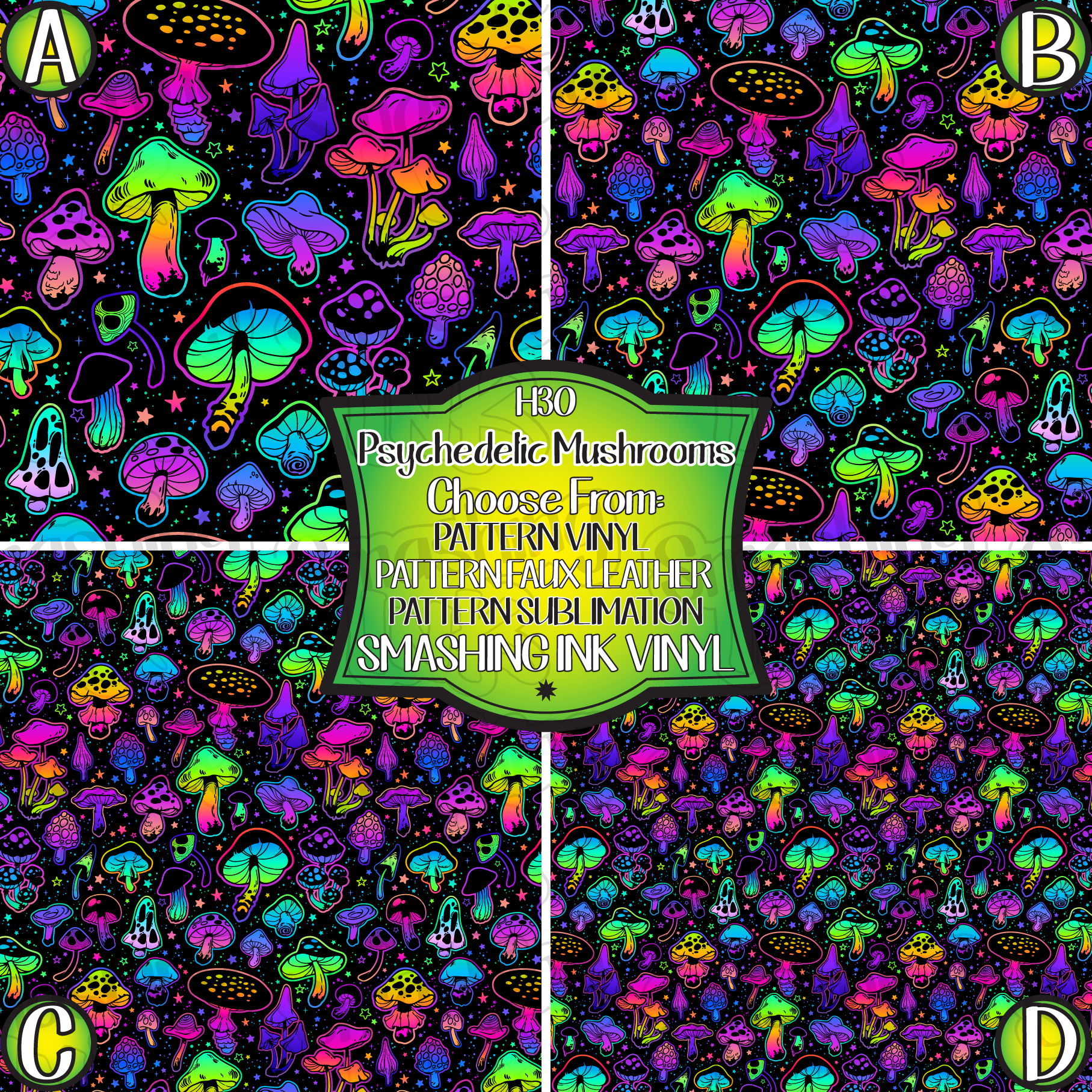All Regarding Psychotomimetic Substances: Their Function in Psychological Study
Psychotomimetic compounds, such as LSD and psilocybin, have actually amassed enhancing passion in psychological research study for their capacity to replicate psychotic signs and provide insight right into numerous mental health and wellness problems. Their interactions within the brain, specifically through serotonin and dopamine paths, recommend a complex connection between awareness and neurobiology that might unlock novel restorative methods. As researchers continue to explore their potential applications, honest factors to consider surrounding their usage in clinical settings become vital, raising vital inquiries about security and educated permission that call for more exploration.
Meaning of Psychotomimetic Compounds
In the realm of emotional research study, psychotomimetic compounds are compounds that can cause impacts looking like those of psychosis, such as hallucinations, deceptions, and transformed assumptions of fact - About Golden Psycho. These substances can be identified right into numerous groups, consisting of hallucinogens, dissociatives, and particular energizers, each creating unique mental impacts
The pharmacological action of psychotomimetic compounds often involves modulation of neurotransmitter systems, especially those pertaining to serotonin, dopamine, and glutamate. Compounds like lysergic acid diethylamide (LSD) mainly act on serotonin receptors, leading to profound changes in sensory assumption and cognition.
The utility of psychotomimetics in research study lies in their ability to resemble psychotic signs, offering a model for recognizing the hidden systems of psychotic disorders such as schizophrenia. By researching the impacts of these compounds, scientists can obtain understandings into the neurobiological and psychological procedures that add to psychosis.
Moreover, psychotomimetic compounds have been checked out for their therapeutic possibility in treating various psychological wellness conditions, consisting of anxiety and anxiousness, highlighting their twin duty in both research and possible medical applications.
Historic Advancement and Context
The expedition of psychotomimetic compounds has an abundant historical context that goes back to ancient people, where substances such as psilocybin mushrooms and peyote were used in spiritual and recovery practices. These very early uses usually intertwined with spiritual routines, suggesting an extensive reverence for the modified states of awareness induced by these substances.
The mid-20th century noted a significant juncture in the study of psychotomimetic materials, particularly with the synthesis of LSD by Albert Hofmann in 1938. The subsequent popularization of LSD in the 1960s militarized a wave of interest in both its psychological impacts and possible therapeutic applications. Researchers started to investigate exactly how these materials could imitate psychotic states, supplying understandings into mental disorder.
Nonetheless, the increasing association of psychotomimetics with counterculture motions brought about governing backlash, culminating in the criminalization of most of these substances. Regardless of these obstacles, the resurgence of interest in the therapeutic capacity of psychedelics in the 21st century has actually triggered restored study. This historic trajectory emphasizes the evolving perception of psychotomimetic compounds, transforming from sacred substances to subjects of scientific inquiry and, potentially, therapeutic promise.
Mechanisms of Action
Understanding the mechanisms of action of psychotomimetic substances reveals the elaborate means these materials connect with the mind's neurochemistry. These substances primarily exert their impacts via inflection of natural chemical systems, especially serotonin, dopamine, and glutamate. For circumstances, numerous classic psychedelics, such as psilocybin and LSD, largely serve as agonists at serotonin 5-HT2A receptors, leading to altered perception and cognition. This interaction not just influences sensory processing yet also boosts psychological and introspective experiences.
In addition to serotonin, dopaminergic paths are dramatically affected by compounds like mescaline and particular cannabinoids, which can result in transformed states of consciousness and changes in state of mind and motivation. The NMDA receptor enmity observed with materials like ketamine highlights another path through which psychotomimetics might generate dissociative states and profound changes in believed procedures.
The neurochemical waterfalls initiated by these communications result in facility and complex mental results. Comprehending these mechanisms is crucial for both the advancement of emotional research and the restorative potential of psychotomimetic substances, as they provide insights right into the underlying neural correlates of altered states of awareness.
Current Study and Applications
Recent examinations right into psychotomimetic substances have actually revealed a renewal of rate of interest in their restorative applications, particularly in the areas of psychiatry and psychology. Researchers have begun discovering substances such as psilocybin, LSD, and ayahuasca for their prospective official website to reduce signs and symptoms related to different psychological health conditions, including anxiety, stress and anxiety, and PTSD.
Scientific tests have actually demonstrated that, when provided in regulated settings, these compounds can help with profound emotional experiences, advertising emotional breakthroughs and enhanced therapeutic outcomes. As an example, studies have revealed that psilocybin-assisted therapy can lead to significant decreases in treatment-resistant clinical depression, with impacts lasting for numerous months post-treatment.
Furthermore, psychotomimetic substances are being reviewed for their capability to foster neuroplasticity, potentially enabling even more effective rewiring of maladaptive idea patterns. These searchings for suggest that such substances may function as adjuncts to traditional psychotherapeutic approaches, improving the effectiveness of therapeutic interventions.
As study proceeds, the focus is changing towards understanding the optimum dosages, therapeutic setups, and participant features that can make best use of the benefits of these compounds. This burgeoning field holds assurance for changing psychological health and wellness treatment paradigms and addressing the restrictions of standard psychiatric medications.
Moral Considerations in Research

Browsing the honest landscape of research study involving psychotomimetic substances is important to making certain individual safety and the honesty of research study end results. Scientists should focus on enlightened consent, making certain that participants fully understand the possible risks and advantages connected with the substances being examined. This includes supplying comprehensive details regarding feasible mental effects, including intense and long-lasting impacts, and permitting individuals the chance to take official website out from the research at any time scot-free.
In addition, ethical oversight by institutional evaluation boards (IRBs) is crucial. IRBs evaluate research procedures to secure individual welfare and promote honest requirements. This examination assists mitigate dangers and makes sure that researches are conducted with scientific roughness. In addition, the possibility for threat should be very carefully examined, this contact form specifically when at risk populaces are entailed.
Confidentiality is one more extremely important factor to consider. Researchers should carry out durable measures to safeguard participants' identities and information, specifically offered the delicate nature of experiences related to psychotomimetic substances (About Golden Psycho). Eventually, a commitment to moral practices not only fosters trust in between scientists and participants but additionally boosts the reputation and validity of the research end results, adding to the innovation of emotional understanding

Final Thought
Finally, psychotomimetic substances, especially traditional psychedelics such as LSD and psilocybin, deal substantial insights into mental problems via their unique devices of activity. Their restorative potential in resolving problems like anxiety and PTSD emphasizes the value of continued research in this area. Nevertheless, ensuring honest standards in study practices is crucial for individual safety and notified authorization, permitting an accountable exploration of these substances' advantages and implications within emotional science.